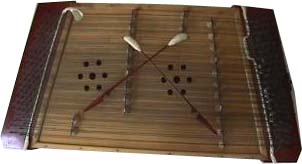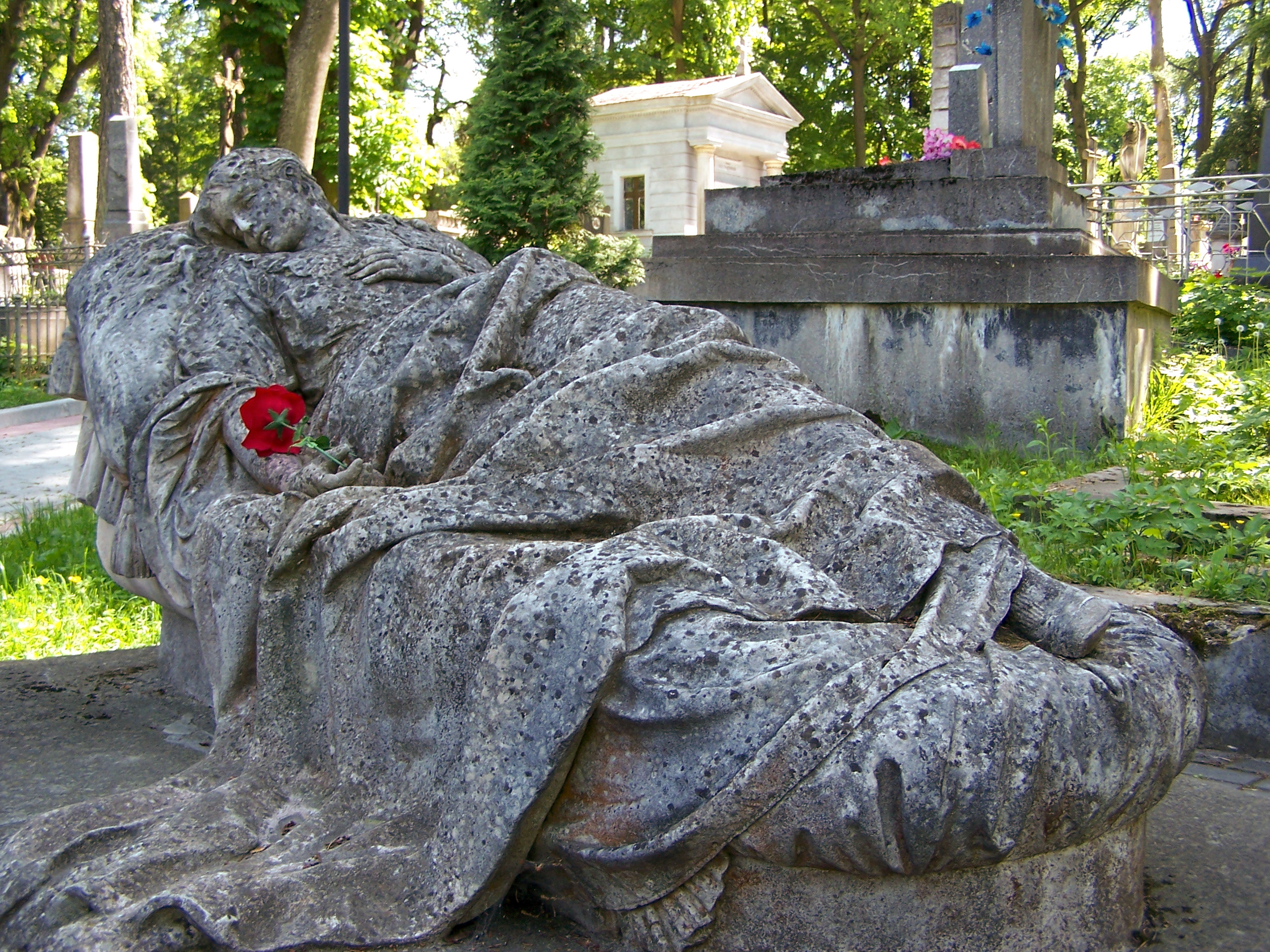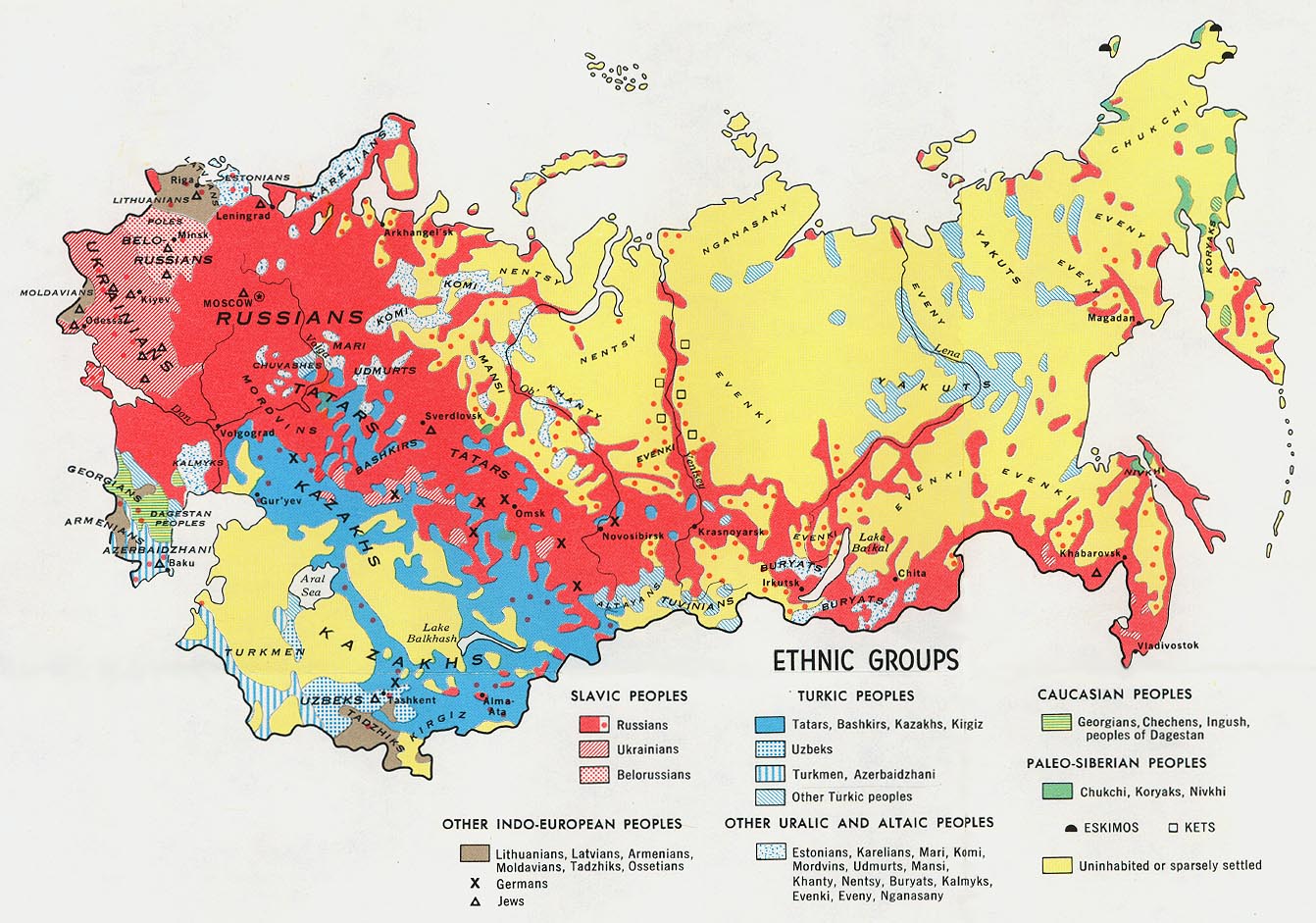
Along with Taras Shevchenko, there is another heralded Ukrainian writer, poet, and political hero of nearly ‘prophet’ status- especially so in western Ukraine; His name is Ivan Franko, and spent most of his life writing and working in the city of Lviv.
Born in eastern Galicia in1856 (former large territory of western Ukraine), his hometown of Nahuevychi is located in the modern-day Lviv oblast. Perhaps so, because of some of his German ancestry. Ivan’s family, thankfully placed him on the educational route in life, attending village and then monastic school, eventually attending the Lviv University where he studied Ukrainian language, literature, and philosophy. It is worth mentioning that he knew Taras Shevchenko’s poem “Kobzar” by heart in its entirety.
However, attending the University, he became heavily involved in socialism and socialist writing. He was arrested because of this and sent to prison for 8 months- in which he continued to write about socialism, including political satires. He studied the works of Karl Marx and began to organize workers’ unions in Lviv. He was kept under close government watch, even after his release. Franko’s passion only grew, while he continued to write and influence local political and social groups- for which he was arrested yet again. The University disenrolled him for the civil disobedience, but ironically, the University was re-named after Franko years after his death.
He moved back to Nahuevychi where much of his writing was done. Here, he translated many German writings, including those of Goethe. In addition to this, it seems that he wrote for countess journals and newspapers- much of it being political commentary. Interestingly, he even wrote about the life and works of Taras Shevchenko- whom he would later join in Ukraine’s highest literary echelon.
He married Olha Khorunzhynska in 1886, in the month of his 30th birthday. Yet again, his writings and collaboration with other political commentators in western and central Ukraine led to his third arrest and imprisonment. This pushed him to form the Ruthenian-Ukrainian Radical party with Mykailo Drahomanov, his writing compatriot from Franko’s days at Lviv University. Later, starting in 1891, he attended several universities, including Chernivtsi University in western Ukraine, and Vienna University in Austria. He was offered a job at Lviv University some time later, but was never able to work because of strong objection from the government leaders.
He continued to write, through which he continued with criticism of the Ukrainian Social Democracy and popular Marxist politics. He was quoted as saying that “Marxism was ‘a religion founded on dogmas of hatred and class struggle.’ His relationship with Drahomanov became strained through differing ideas, and the Radicl party he helped found eventually split in 1899. With the help of other Lviv political natives, he founded the more successful Ukrainian National Democratic Party the next year.
Franko was indeed famous, and perhaps even notorious while alive; especially amongst Ukraine’s educated and university-aged youth. He was celebrated for 25 years of influential writings in 1898, by the entire Ukrainian community of Galicia, and once again for his 40 years in 1913. He is considered by modern Ukrainian writers and language historians to have literally changed & permanently solidified the structure/style of Ukrainian language and writing (along with Taras Shevchenko and Lesia Ukrainka) into the form most speak and write today. Despite enjoying relative popularity during his life, Franko struggled to make a living for himself and his wife through his chosen path of work. The poverty in which Franko lived inspired Lviv students and political activists to purchase a house for him in the city’s center.
Writing until his death, he passed away with nearly nothing, with only admirers (no family) to attend his funeral in 1916.
However, simply knowing a timeline of the man’s life does not offer one the true understanding or motivation of Franko. Because of the vast number of his works, one can see that he did not live an easy life; He wrote in part to earn what money he could. It is quite remarkable that he chose to dedicate his life to spreading his philosophies on nearly every facet of Ukrainian life at the turn of the 20th century. He continually called for the lower class peasants, and Ukrainians as a whole people, to struggle against the existing order of life- of subservience and complacency with the national identity at the time. It is extensive and exhausting to attempt to read into his true thoughts on life at the time, but I believe that some insight may be gained by reading what Franko wrote on Politics, and his own Ukrainian nationality:
“…I never belonged to the faithful of that religion, and had the courage, amidst put downs and disregard, to bravely carry my flag of old-fashioned people-based socialism, which is based on ethic and humanistic cultivation of masses, a flag standing for general availability of education, science, critical thinking, human and national freedom. The flag does not stand for party dogma and despotism of its leaders; it does not represent the bureaucracy or parliamentary corruption, which would supposedly lead to the ‘bright’ future."
-spoken quote from Franko
"My Ukrainian patriotism – it is not a sentiment, not a national pride, it – a heavy yoke, placed by fate on my shoulders. I can tremble; I can quietly curse the fate, but I cannot throw down this bondage, cannot go look for another homeland, because then I would be loathed by my own conscience.”
-exerpt from Ivan Franko letter
(quotations from http://www.ukrainians.ca/index.php?option=com_content&task=view&id=14&Itemid=9 )
You can sense the frustration, in that he desires individual thought and judgment upon his own character- but still feels obligated to support the ‘Ukrainian’ cause. This slight bitterness could be a result of his poverty, or socioeconomic status- or, perhaps he formulated his ideas because of the government/leadership of the people at the time, and how they simply "put up" or dealt with their situation instead of taking a stand. Through this struggle, I believe, is why he fights so strongly to definitively change the political and moral fiber of the nations people.
Despite this, I find it incredible that during his life, Franko used his gifts not only to convey his serious messages about nationality and politics, but to craft poetry, prose, dramas, and also translations, on top of ethnography, folklore, history, esthetics, sociology, political economy and philosophy.
Information from:
Wilson, Andrew; The Ukrainians- Unexpected Nation pg 232.
http://www.languagelanterns.com/frankobio.htm
http://www.encyclopediaofukraine.com/pages/F/R/FrankoIvan.htm
http://en.wikipedia.org/wiki/Ivan_Franko




































